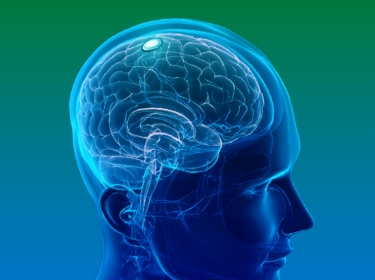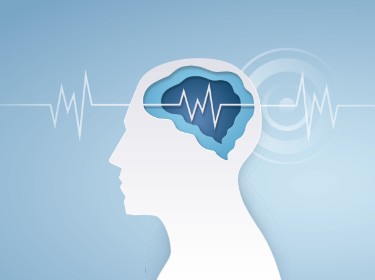Surgical Oncology
What is Surgical Oncology?
Surgery is one of the main treatments for cancer and involves removing tissue from the body. Surgery can be performed to diagnose cancer, treat cancer, or reduce your risk of a certain type of cancer if you are at risk.
Surgery to treat cancer might be combined with other types of treatment, such as chemotherapy or radiotherapy. It isn’t suitable for all types of cancer or situations. For example, it cannot be used if the cancer is near delicate tissue, vital organs or if it has spread to many parts of parts of the body.
Surgery is most effective for solid tumors contained within one area of the body. Whether or not you are offered surgery for cancer will depend on the type of cancer you have. It will also depend on the cancer’s location, its size, whether it has spread to other parts of your body, and your overall health.
How Does Surgery Treat Cancer?
The type of surgery performed will depend on the type of cancer and whether it has spread. Surgery can remove an entire tumor confined to one area, it can ‘debulk’ a tumor that may be close to an organ helping subsequent treatment be more effective, or it can ease the symptoms of cancer by removing tumors causing pressure or pain.
Side Effects of Cancer Surgery
Oncology surgeons are highly skilled and avoid any risk or complication as much as possible. However, side effects may occur, including:
- Infection: An infection can happen after any type of surgery. You will receive clear instructions on how to care for yourself following surgery to help prevent it.
- Pain: Pain is common after surgery. The severity will depend on the size of the operation and the body part that was operated on. Your doctor will talk to you about pain medication.
Types of Surgery for Cancer
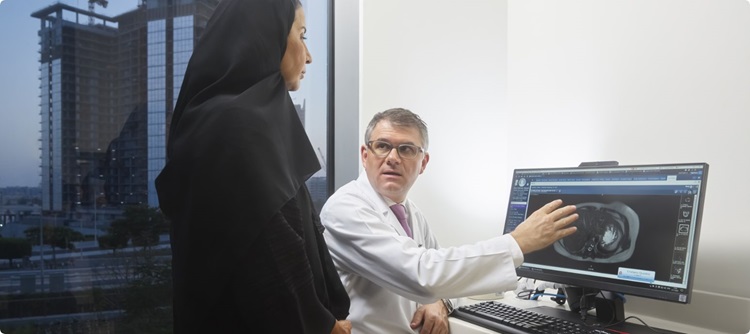
There are many different types of cancer surgery. The surgery performed will depend on many factors and is either open or minimally invasive. Both use very thin knives, called scalpels, to make incisions in the skin.
Open surgery:
A large incision or cut is made to access the tumor.
Minimally invasive surgery:
Several small cuts are made and a camera on a long thin tube (a laparoscope) is inserted in one so the doctor can view the tumor. Surgical tools are then inserted through the other holes to perform the operation. This is also sometimes called keyhole surgery.
- Robotic surgery: A minimally invasive procedure in which robotic machines support the surgery.
- Endoscopic surgery: An endoscope is inserted and removes or destroys cancerous tissue.
Minimally invasive techniques offer patients a faster recovery time as only small incisions are made. They also reduce side effects associated with surgery. Anesthesia will be given ahead of any cancer surgery to stop you feeling pain. Anesthesia will either be:
- Local: Applied to the small area of surgery.
- Regional: Affects a large part of the body such as the leg or arm.
- General: You are put to sleep
Other types of surgery are available that don’t use scalpels. These include:
- Cryosurgery (cryotherapy): Extreme cold from liquid nitrogen or argon gas destroys cancer tissue. It is used to treat precancerous cells on the skin or cervix and for certain skin cancers and retinoblastoma.
- Laser surgery: Beams of light can cut through tissue in very precise areas to remove, destroy or shrink tumors or precancerous growths.
- Hyperthermia: Tissue is exposed to very high temperatures which damages or kills cancer cells. It can also make them more sensitive to radiation and some chemotherapy drugs.
- Photodynamic Therapy: Drugs are given which react to a certain light. The tumor is then exposed to this light and the medication is activated and kills cancer cells.
Chemotherapy
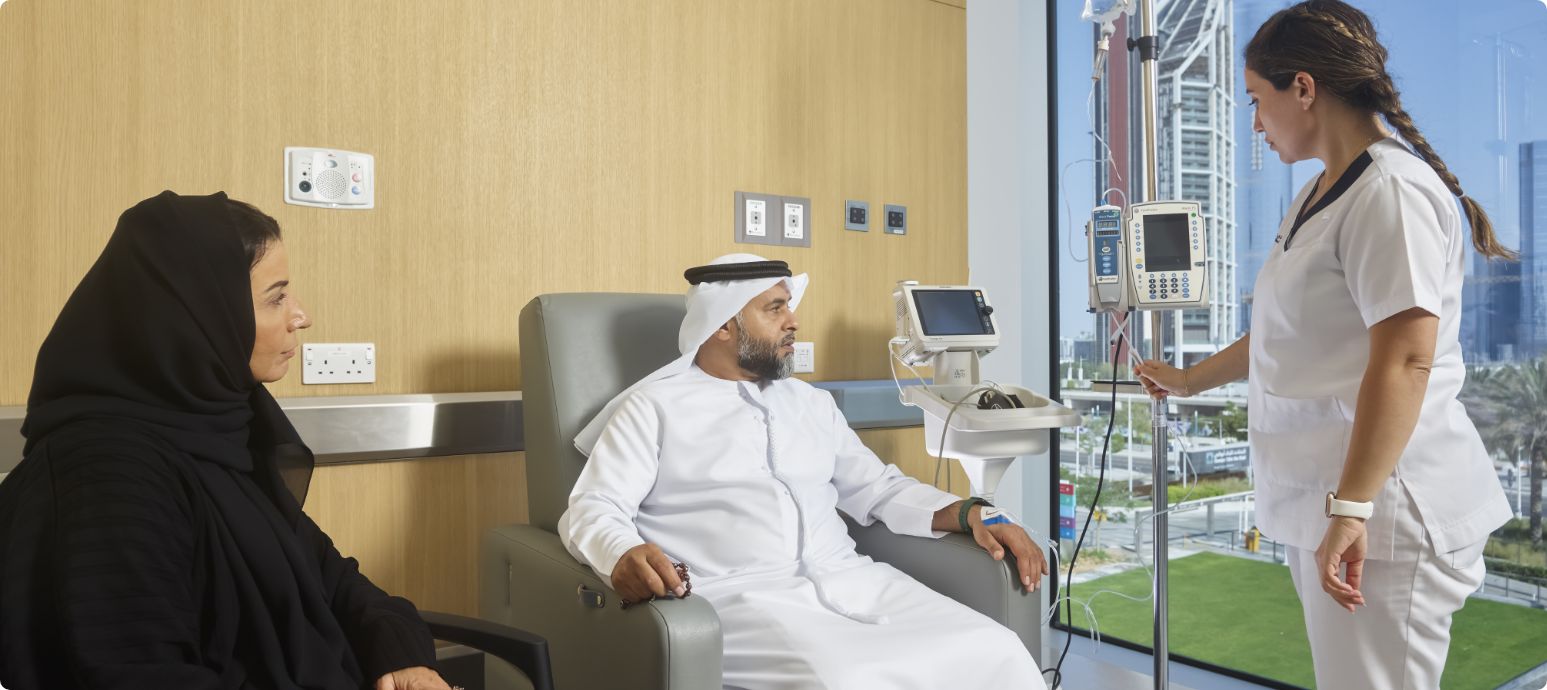
What is Chemotherapy?
Chemotherapy is drug treatment which kills cells in the body which are fast-growing. It is used to treat cancer as cancer cells grow quicker than most other cells. There are lots of different chemotherapy drugs available, and the drugs given will depend on the type of cancer you have, whether the cancer has spread, and your overall health.
Chemotherapy is an effective treatment for many cancers, but not all patients and types of cancer are suitable for chemotherapy. It may be used alone, in combination with other chemotherapy drugs, or in combination with other types of treatment such as radiation therapy, immunotherapy or surgery.
Chemotherapy may be given to shrink a tumor ahead of surgery or radiotherapy, or after these treatments to kill any remaining cancer cells. It can also help to relieve symptoms by killing cancer cells (palliative chemotherapy).
How Does Chemotherapy Work?
Chemotherapy is given as either an injection, via an intravenous (IV) drip, as tablets or capsules. The drugs enter the bloodstream and travel around the whole body so it can target cancer cells almost anywhere (this is called systemic treatment).
The drugs target cells that are in the process of dividing and making new cells. As cancer cells divide and multiply a lot quicker than normal cells until they form a tumor mass (normal cells only divide if they need to repair damage), they are targeted and killed by chemotherapy.
Chemotherapy drugs target the dividing cancer cells and damage the cell’s genes. The drugs either damage the part of the cell that controls how it divides, or by interrupting the process of cell division. If you are receiving a combination of chemotherapy drugs, they will damage the cancer cells at different stages of division and kill more cancer cells.
The frequency with which cancer drugs are given will depend on the drug being administered, the type of cancer and how well you recover. Treatment can be continuous or may include periods of rest. Treatment is usually given in hospital or at your doctor’s office, but some tablets can be taken at home.
Side Effects of Chemotherapy
There are many different chemotherapy drugs, so side effects may vary. While chemotherapy targets quickly dividing cancer cells, it can also affect healthy cells which also divide often. These types of cells include the hair, skin and nails. Damage to normal cells can be repaired naturally by the body. Most common side effects include:
- Tiredness
- Decreased blood platelets
- Increased infection risk
- Anemia
- Sickness
- Nerve damage (tingling in the hands and feet)
- Hair loss
- Skin dryness
- Cognitive issues (memory, concentration)
- Constipation or diarrhea.
Many of the side effects listed above will disappear once treatment ends. Some long-term side effects can appear months after treatment ends, including fertility issues, peripheral neuropathy (changes in the feeling in the hands and feet) and problems with organs including the lungs and heart. Your doctor will discuss any possible side effects with you before you start your treatment.
How Effective is Chemotherapy?
The effectiveness of chemotherapy will depend on the type of cancer. It is an effective treatment for some cancers such as Hodgkin lymphoma and testicular cancer but needs to be used in combination with other treatments for other cancers such as breast cancer.
Your doctor will see you regularly during your treatment to assess your progress and review any side effects. Scans and other types of tests may be performed to see how the cancer is responding to treatment and whether your treatment needs to be adjusted.
Immunotherapy
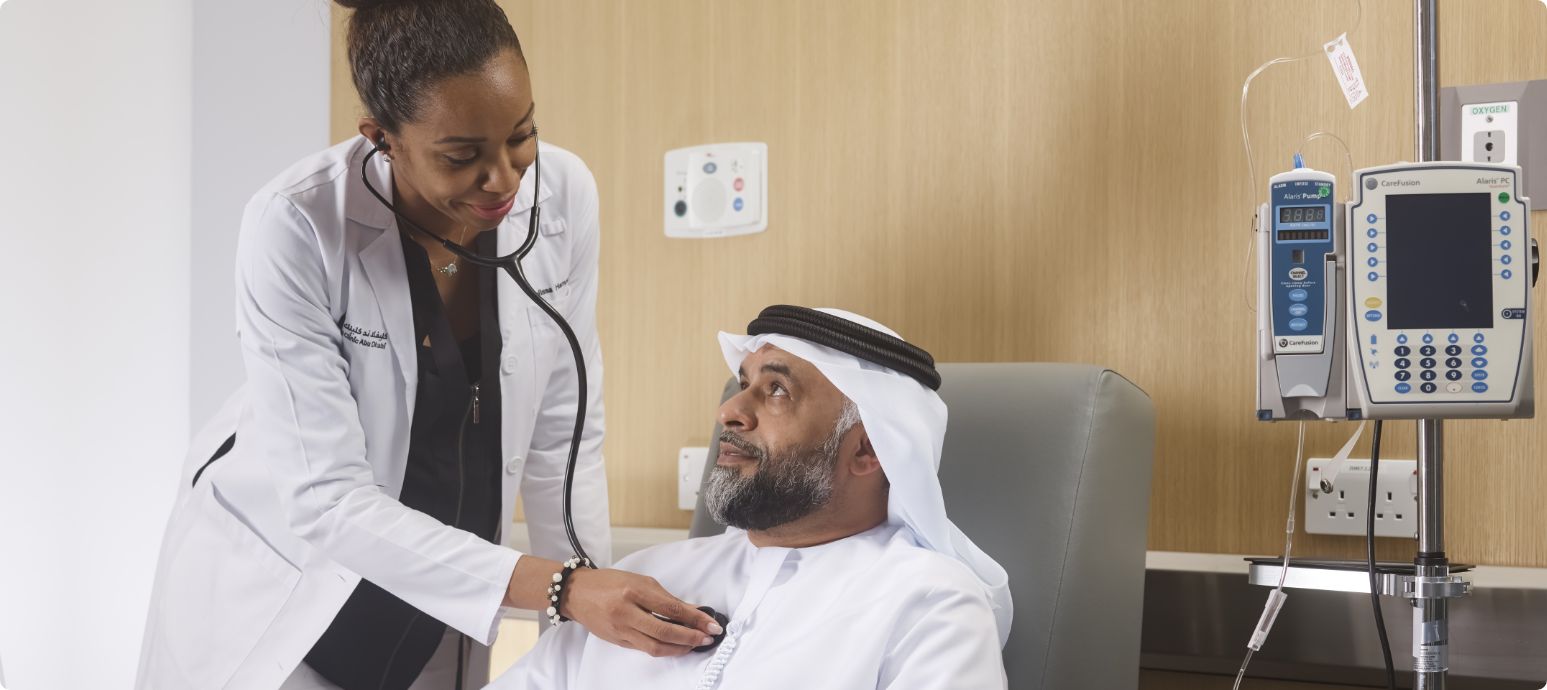
What is Immunotherapy?
Immunotherapy is a cancer treatment that uses your body’s own immune system to fight cancer. It helps the immune system to recognize and attack cancer cells. Immunotherapy is the standard treatment for some cancers, but not all. Whether or not you receive immunotherapy will depend on the type of cancer you have, other treatments you have received, and the stage of your cancer.
Immunotherapy may be given on its own, or in combination with other treatments such as chemotherapy. There are many different types of immunotherapies, which can be given alone or in combination with other treatments like other immune therapies or chemotherapies.
How Does Immunotherapy Work?
We first need to look at how our body’s immune system works. Our immune system’s job is to find and destroy abnormal cells and protect us against things like disease and infection. The immune system is made up of lymph nodes, the spleen, white blood cells and many other types of blood cells and proteins.
The immune system can also work to prevent cancer from developing. However, cancer can develop if the immune system isn’t strong enough to kill the cancer cells or the cancer cells hide from the immune system. Cancer cells can also sometimes produce a signal that will stop the immune system from attacking them.
Immunotherapy works by supporting the immune system to fight cancer cells. There are several different types of immunotherapy treatment, and they work in different ways to attack cancer.
Type of Immunotherapy Treatment
There are many types of immunotherapy treatments. If you are offered immunotherapy, your doctor will explain what the treatment is, how it works, and any possible side effects.
Treatments include:
Monoclonal antibodies: We have antibodies occurring naturally in our blood which help us to fight infections and cancers. Monoclonal antibody therapies do the same thing as antibodies, but they are made in a lab. Lots of copies of the antibody are made which are designed to attach to a specific protein (target) on cancer cells. There are many types of monoclonal antibody treatment, which are also sometimes called therapeutic antibodies, and they work in different ways (some work in more than one way). They may mark the cancer cells so they are better detected and destroyed by the immune system, or they can trigger the immune response.
Checkpoint inhibitors: These are monoclonal antibodies which help our immune system to attack cancer cells. We have ‘checkpoints’ as a normal part of our immune response to stop it being too strong. These inhibitors block this response so that the immune cells can respond in a stronger way.
Vaccines: These work in a similar way to vaccines that fight disease, by recognizing specific proteins on cancer cells. Our immune system then recognizes if particular a cancer cells develop and launches an attack. Most of the vaccines are in the research phase.
Cytokines: There are proteins within our body that help to boost our immune system, so researchers are developing lab made versions of these proteins to treat some cancers.
T-cell therapy: T-cells in our body (white blood cells) are part of our immune response. The treatment selects T-cells which are most effectively killing cancer cells or changes them genetically in a lab so they are more effective. These cells are then reinserted in the body in large quantities so they can better attack cancer cells.
Receiving Immunotherapy
Immunotherapy can be given in many different ways but is primarily given intravenously (into a vein). The treatment will take place at a doctor’s office or as an outpatient at the hospital.
How often you receive immunotherapy will depend on the treatment being given, the type of cancer you have and how advanced it is, and how you react to the treatment.
Side Effects of Immunotherapy
Side effects from immunotherapy often happen due to the immune system affecting healthy cells as well as cancer cells. The side effects will depend on the type of cancer being treated, how advanced it is, and the type of treatment you are receiving.
Common Side Effects Include:
- Swelling
- Pain
- Redness
- Soreness
- Itching and rash
- Flu-like symptoms (fever, chills, nausea, headache).
Sometimes, immunotherapy can cause a severe allergic or inflammation-related reaction, but this is uncommon.
Radiation Oncology
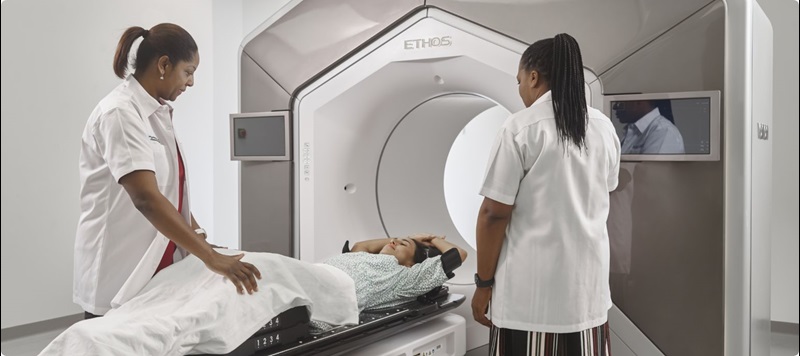
What is Radiation Therapy?
Radiation Therapy or Radiotherapy is a type of treatment for cancer. It uses energy from radiation (usually from X-rays) to destroy cancer cells. Many people with cancer will have radiation therapy. It may be given on its own, or in combination with other treatments such as surgery or chemotherapy.
Radiation therapy is used to treat lots of types of cancer. It can be used to kill cancer cells, to shrink cancer cells in advance of surgery, to prevent cancer cells from spreading and to relieve some symptoms caused by cancer.
How Does Radiation Therapy Work?
Radiation therapy delivers very high doses of energy to cancer cells. This energy damages the DNA of the cancer cells and they are no longer able to replicate and grow. The radiation can also damage healthy cells that surround the cancer, causing side effects. The aim of treatment is to deliver as high a dose of radiation therapy as possible to cancer cells whilst damaging as few healthy cells as possible. If healthy cells are damaged, they can often repair themselves.
Side Effects of Radiation Therapy
The side effects of radiation therapy will vary greatly depending upon the dose of radiation being given and which part of the body is being treated. Some people experience no side effects and others find that side effects are short-term and stop when treatment ends. In rarer cases, the side effects can be longer term.
Side effects of radiotherapy depend on where the treatment is given. Common side effects include:
- Mild tiredness
- Skin redness
- Hair loss (only in the treatment area)
- Decrease in appetite
- Diarrhea (for abdominal or pelvic treatment)
- Sore mouth (if the mouth is receiving radiation).
Your doctor will talk to you about possible side effects of radiation therapy, based on your cancer and the treatment site, and will discuss ways that these can be managed.
Types of Radiation Therapy
There are several ways in which radiation therapy can be given. The most common types are external radiotherapy and internal radiotherapy. The number of treatments needed, and the duration of the treatment, will depend on the type of cancer you have.
Radiation therapy nowadays takes a more targeted approach to treating cancer. Targeted radiation therapy uses computers and software programs to create 3D images of the cancer and deliver the doses of radiation with very high precision. This allows higher doses to be delivered to the cancer cells while affecting less healthy tissue.
External Radiation Therapy
External radiation therapy uses a machine to deliver radiation and kill cancer cells. Diagnostic Scans (such as CT, MRI or PET scans) and X-rays may also be used to help identify the tumor and plan your treatment, so that radiation is delivered to the cancer with as little healthy tissue being affected as possible.
External radiation therapy machines are usually large (similar to CT scans), but there are many different types so their appearance can vary. The machine will not touch you, and you cannot feel the radiation doses on your skin.
The type of external radiation therapy given will depend on your type of cancer and its location. The most common types of external radiotherapy are:
Conformal radiation therapy: Also Called 3DCRT, a CT scan is first done to produce a 3D image of the cancer to allow doctors to plan the treatment. This information is used by a computer to ensure beams of radiation are shaped to fit the area of cancer.
Intensity modulated radiotherapy (IMRT): A form of conformal radiation therapy, IMRT uses powerful algorithms to modify the radiation beam shape and intensity according to the shape of the tumor and surrounding normal organs, to optimize the dose of radiation to the tumors and reduce it for the normal tissues.
Image guided radiotherapy (IGRT): Uses scans and X-rays to guide the radiation beam and ensure the right position for treatment.
Stereotactic radiotherapy (SRT): Delivers radiation from multiple angles to the tumor, sparing more healthy tissue.
Internal Radiation Therapy
Internal radiation therapy delivers radiation from inside of the body and is suitable for smaller cancers only. Internal radiotherapy delivers radiation close to the site of the cancer and damages fewer healthy cells so is associated with less side effects.
Radioactive implant or brachytherapy: Radiation is delivered directly to the cancer cells and nearby healthy tissue gets less radiation. The dose of radiation and the length of time the source remains inside your body will depend on the cancer being treated. High dose rate (HDR) brachytherapy delivers radiation for a short time and is then removed from the body (via hollow tubes). Low dose rate (LDR) brachytherapy delivers a lower dose of radiation but over a longer period, and the source may be left in the body for several months.






